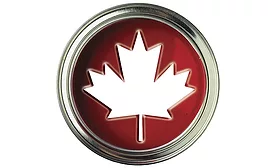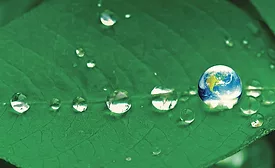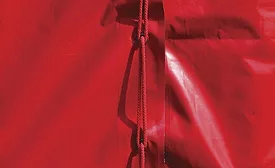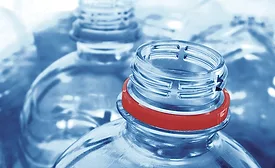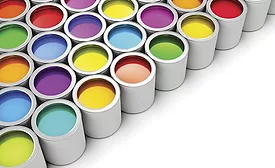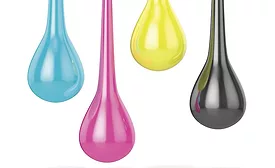Paint & Coatings Industry Top Stories
Biobased Polymers for Sustainable Coatings
Sustainable development is development that meets the needs of the present without compromising the ability of future generations to meet their own needs
Read More
Supplier Relationship Management
Delivers the Secret Sauce for Paint and Coatings Businesses
Read More
Blend Optimization of Low-VOC Benzoate Coalescents
for Increased Hardness of Waterborne Coatings
September 1, 2017
Investigating the Effect of Ink-Jet Printing on Polymer Properties
Stretched to the Breaking Point
August 1, 2017
Keep the info flowing with our eNewsletters!
Get the latest industry updates tailored your way.
JOIN TODAY!Copyright ©2025. All Rights Reserved BNP Media.
Design, CMS, Hosting & Web Development :: ePublishing

